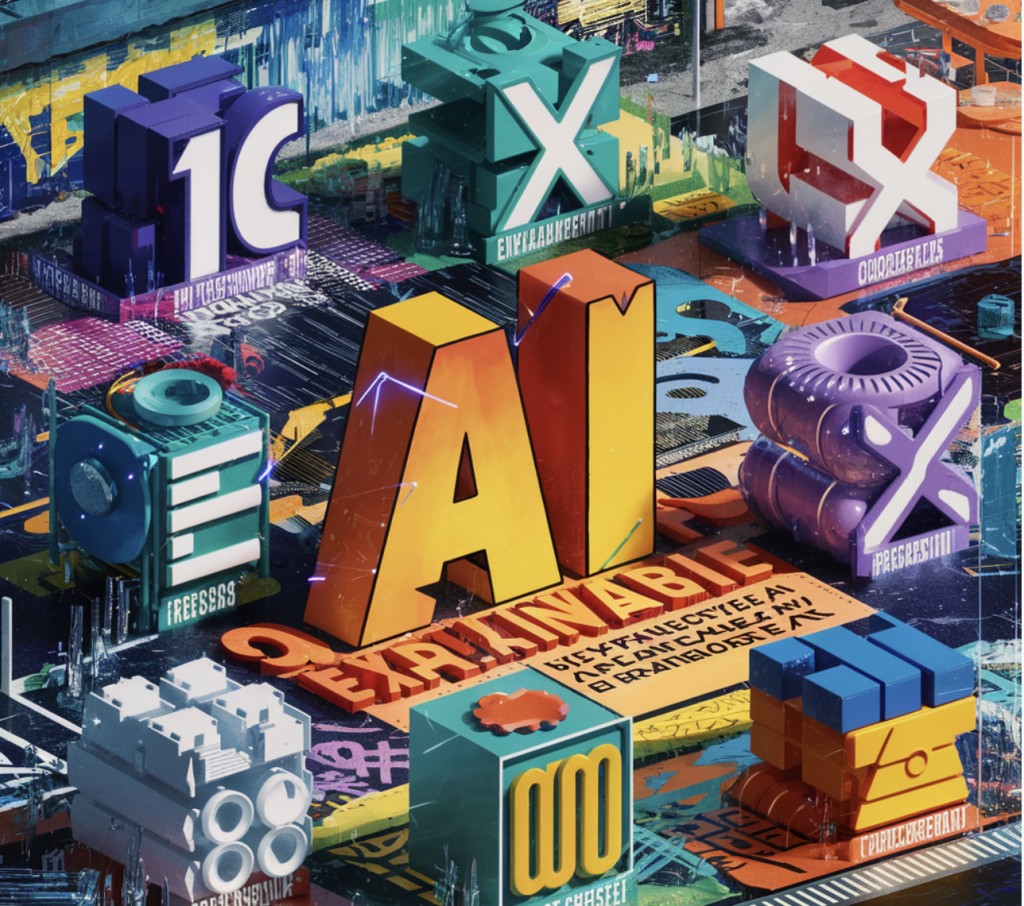The increasing complexity of AI systems, particularly with the rise of opaque models like Deep Neural Networks (DNNs), has highlighted the need for transparency in decision-making processes. As black-box models become more prevalent, stakeholders in AI demand explanations to justify decisions, especially in critical contexts like medicine and autonomous vehicles. Transparency is essential for ethical AI and improving system performance, as it helps detect biases, enhance robustness against adversarial attacks, and ensure meaningful variables influence the output.
To ensure practicality, interpretable AI systems must offer insights into model mechanisms, visualize discrimination rules, or identify factors that could perturb the model. Explainable AI (XAI) aims to balance model explainability with high learning performance, fostering human understanding, trust, and effective management of AI partners. Drawing from social sciences and psychology, XAI seeks to create a suite of techniques facilitating transparency and comprehension in the evolving landscape of AI.
Some XAI frameworks that have proven their success in this field:
What-If Tool (WIT): An open-source application proposed by Google researchers, enabling users to analyze ML systems without extensive coding. It facilitates testing performance in hypothetical scenarios, analyzing data feature importance, visualizing model behavior, and assessing fairness metrics.
Local Interpretable Model-Agnostic Explanations (LIME): A new explanation method that clarifies the predictions of any classifier by learning an interpretable model localized around the prediction, ensuring the explanation is understandable and reliable.
SHapley Additive exPlanations (SHAP): SHAP provides a comprehensive framework for interpreting model predictions by assigning an importance value to each feature for a specific prediction. Key innovations of SHAP include (1) the discovery of a new category of additive feature importance measures and (2) theoretical findings that demonstrate a distinct solution within this category that possesses a collection of favorable properties.
DeepLIFT (Deep Learning Important FeaTures): DeepLIFT is a method that deconstructs a neural network’s output prediction for a given input by tracing the influence of all neurons in the network back to each input feature. This technique compares the activation of each neuron to a predefined ‘reference activation’ and assigns contribution scores based on the observed differences. DeepLIFT can separately address positive and negative contributions, allowing it to reveal dependencies that other techniques may miss. Moreover, it can compute these contribution scores efficiently in just one backward pass through the network.
ELI5 is a Python package that helps debug machine learning classifiers and explain their predictions. It supports multiple ML frameworks and packages, including Keras, XGBoost, LightGBM, and CatBoost. ELI5 also implements several algorithms for inspecting black-box models.
AI Explainability 360 (AIX360): The AIX360 toolkit is an open-source library that allows for the interpretability and explainability of data & machine learning models. This Python package includes a comprehensive set of algorithms covering different explanation dimensions and proxy explainability metrics.
Shapash is a Python library designed to make machine learning interpretable and accessible to everyone. It offers various visualization types with clear and explicit labels that are easy to understand. This enables Data Scientists to comprehend their models better and share their findings, while end users can grasp the decisions made by a model through a summary of the most influential factors. MAIF Data Scientists developed Shapash.
XAI is a Machine Learning library designed with AI explainability at its core. XAI contains various tools that enable the analysis and evaluation of data and models. The Institute for Ethical AI & ML maintains the XAI library. More broadly, the XAI library is designed using the three steps of explainable machine learning, which involve 1) data analysis, 2) model evaluation, and 3) production monitoring.
OmniXAI1: An open-source Python library for XAI proposed by Salesforce researchers, offering comprehensive capabilities for understanding and interpreting ML decisions. It integrates various interpretable ML techniques into a unified interface, supporting multiple data types and models. With a user-friendly interface, practitioners can easily generate explanations and visualize insights with minimal code. OmniXAI aims to simplify XAI for data scientists and practitioners across different ML process stages.
10. Activation atlases: These atlases expand upon feature visualization, a method used to explore the representations within the hidden layers of neural networks. Initially, feature visualization concentrated on single neurons. By gathering and visualizing hundreds of thousands of examples of how neurons interact, activation atlases shift the focus from isolated neurons to the broader representational space that these neurons collectively inhabit.
In conclusion, the landscape of AI is evolving rapidly, with increasingly complex models driving advancements across various sectors. However, the rise of opaque models like Deep Neural Networks has underscored the critical need for transparency in decision-making processes. XAI frameworks have emerged as essential tools to address this challenge, offering practitioners the means to understand and interpret machine learning decisions effectively. Through a diverse array of techniques and libraries such as the What-If Tool, LIME, SHAP, and OmniXAI1, stakeholders can gain insights into model mechanisms, visualize data features, and assess fairness metrics, thereby fostering trust, accountability, and ethical AI implementation in diverse real-world applications.
The post Top 10 Explainable AI (XAI) Frameworks appeared first on MarkTechPost.
Source: Read MoreÂ

